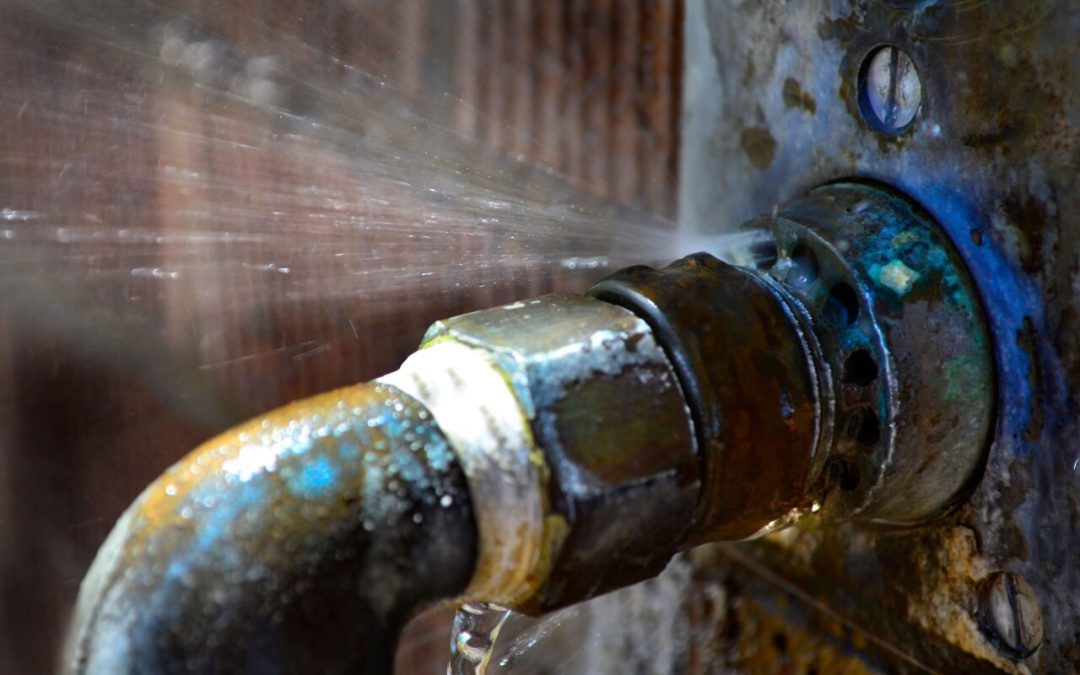Water damage is one of the most common problems faced by homeowners. Whether it’s a broken pipe, a natural disaster, or simply a spill, water damage can cause significant problems for your home. Water damage can lead to mold growth, structural damage, and even health problems. Fortunately, you can take steps to clean up water damage and prevent further issues. Before starting any cleanup, stop the source that is causing the water damage. Check out these seven tips on how to clean residential water damage.
1. Remove Standing Water
The first step is to remove any standing water from the affected area. The longer water sits, the more damage it causes. Use a wet/dry vacuum, a mop, and a bucket. You may need to rent a professional-grade wet/dry vacuum if the area is large.
2. Dry Any Residential Water Damage Quickly
Once all the standing water is removed, it’s essential to dry the area as quickly as possible. This can be done with fans, dehumidifiers, or even open windows (if the weather permits). The goal is to get the area as dry as possible to prevent mold growth.
3. Clean Porous Surfaces
Porous surfaces, like carpets and upholstery, will need to be cleaned with special care. These surfaces can absorb water and cause mold growth if not dried quickly. Start by using a wet/dry vac to remove excess water, and then shampooing or steam-cleaning the area.
4. Clean Non-Porous Surfaces
Next, you’ll need to clean the non-porous surfaces in the affected area. This includes items like countertops, floors, and walls. You can use various cleaners, but it’s crucial to ensure they are safe for your cleaning surface.
5. Sanitize the Area
Once all the surfaces have been cleaned, sanitize the area to prevent the growth of bacteria and mold. There are many sanitizing solutions, but follow the manufacturer’s instructions. Look for products specifically designed to kill mold.
6. Residential Water Damage is a Leading Cause of Structural Damage
If the water damage is severe, there may be structural damage to your home. This includes warped floors and ceilings, loose tiles, and cracked walls. If you see any structural damage, it must be repaired as soon as possible.
7. Prevent Future Residential Water Damage
Once you’ve cleaned up the water damage, it’s important to take steps to prevent future problems. This includes fixing leaks, insulating pipes, and cleaning gutters and downspouts. If you are unsure about the source of your water damage, hire a professional plumber or home inspector to help you locate the problem.
Water damage is a serious problem that should be dealt with quickly and efficiently. By following these seven tips, you can clean up water damage and prevent further issues. If you have any questions, contact a professional water damage restoration company. They will be able to help you get your home back to normal in no time.
GoPro Home Inspections provides inspection services in the Central Florida area. If you’re buying or selling a home, contact us to request an appointment.

